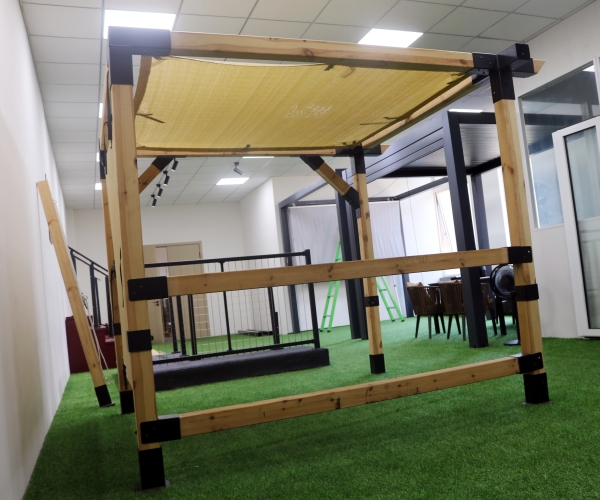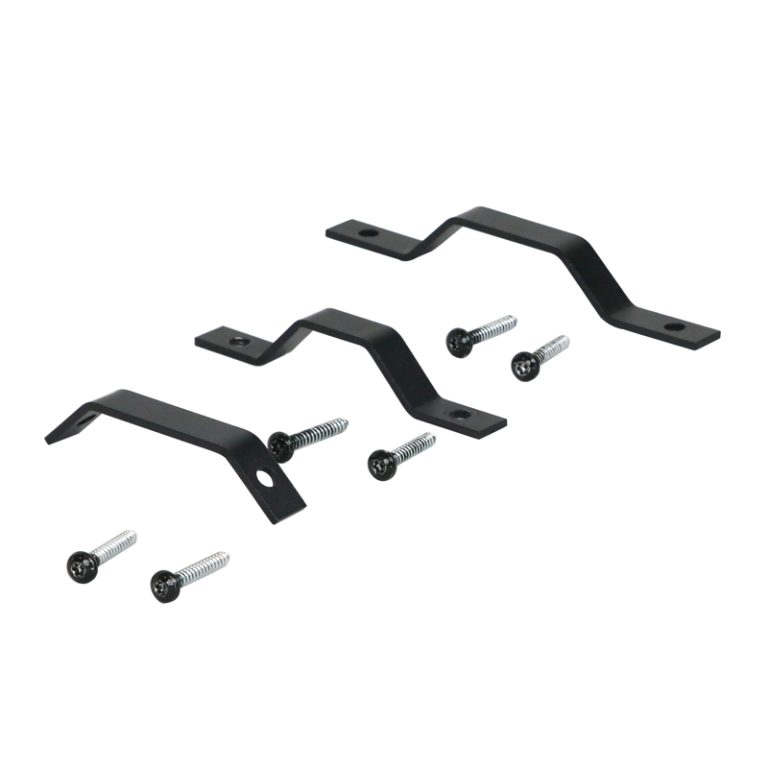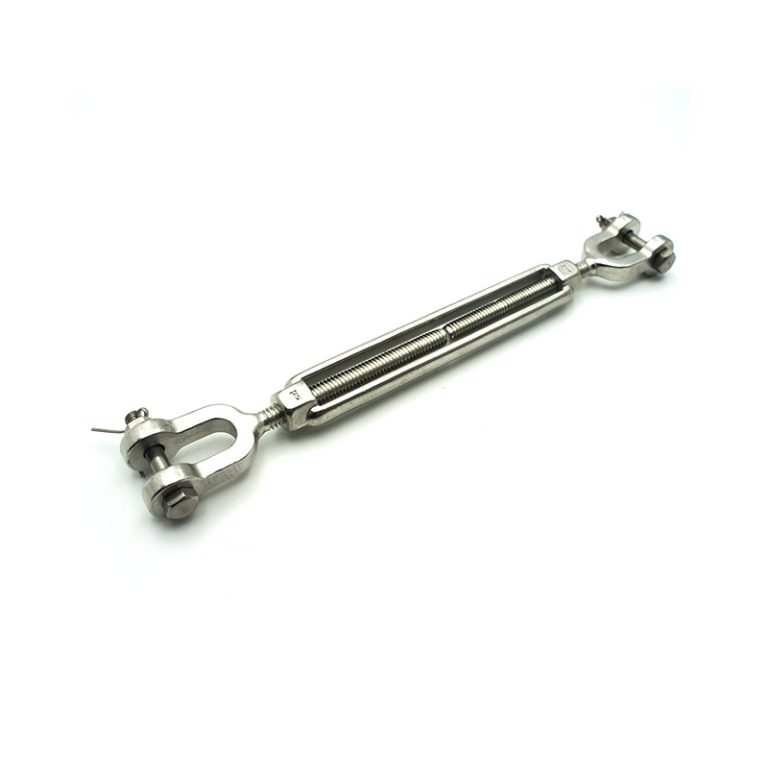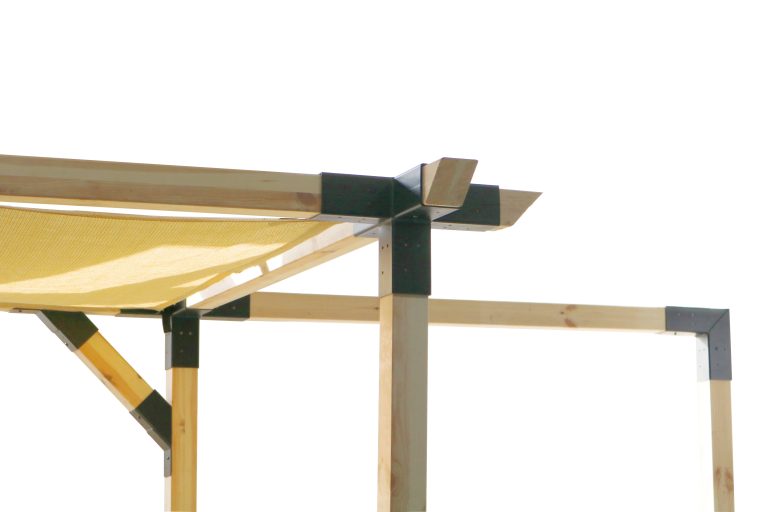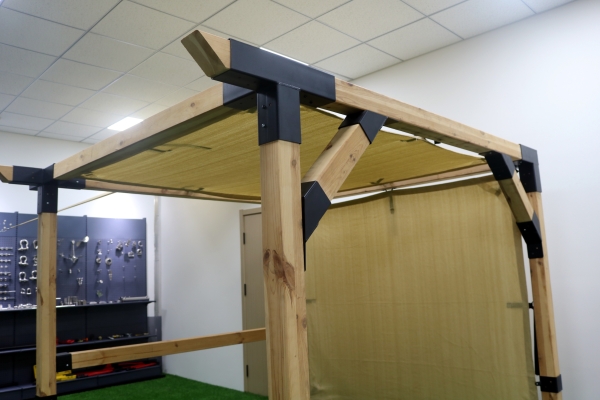Table of Contents
Benefits of Using Various Trellis Structures in Your Garden
Trellises are an essential component of any garden, providing support for climbing plants and adding visual interest to outdoor spaces. There are many different types of trellis structures available, each with its own unique benefits and characteristics. Understanding the various trellis structures and their advantages can help you choose the right one for your garden.
One of the most common types of trellis structures is the traditional wooden trellis. Wooden trellises are versatile and can be easily customized to fit the specific needs of your garden. They are also durable and long-lasting, making them a practical choice for many gardeners. Wooden trellises can be used to support a wide variety of climbing plants, from delicate vines to heavy fruit-bearing plants.
Another popular type of trellis structure is the metal trellis. Metal trellises are often more decorative than wooden trellises and can add a touch of elegance to any garden. They are also strong and sturdy, making them a good choice for supporting heavy plants. Metal trellises are available in a variety of styles and designs, allowing you to choose one that complements your garden’s aesthetic.
For gardeners looking for a more natural look, there are also trellis structures made from bamboo or other natural materials. Bamboo trellises are lightweight and easy to install, making them a convenient option for many gardeners. They also blend seamlessly into the garden environment, adding a touch of rustic charm to outdoor spaces.
In addition to traditional trellis structures, there are also more modern options available, such as modular trellises. Modular trellises are made up of individual panels that can be connected together to create a custom trellis structure. This allows for greater flexibility in design and can accommodate a wider range of plant sizes and shapes.
Regardless of the type of trellis structure you choose, there are several benefits to using trellises in your garden. One of the main advantages of trellises is that they help to maximize space in the garden. By training plants to grow vertically on a trellis, you can make the most of limited garden space and create a lush, green backdrop for your outdoor living area.
Trellises also help to improve air circulation around plants, which can help prevent diseases and promote healthy growth. By lifting plants off the ground and allowing air to circulate freely, trellises can reduce the risk of fungal infections and other common plant ailments.
Furthermore, trellises can help to create a sense of privacy in the garden. By using trellises to create screens or partitions, you can block out unwanted views and create secluded areas for relaxation and contemplation. Trellises can also be used to create living walls or fences, adding an extra layer of security to your outdoor space.
In conclusion, trellises are a versatile and practical addition to any garden. By understanding the different types of trellis structures available and their benefits, you can choose the right trellis for your garden and enjoy the many advantages that trellises have to offer. Whether you prefer a traditional wooden trellis, a decorative metal trellis, or a natural bamboo trellis, there is a trellis structure to suit every garden style and need.
How to Choose the Right Trellis Structure for Different Plants in Your Garden
When it comes to gardening, trellises are an essential tool for supporting climbing plants and vines. They not only provide structural support for plants to grow vertically but also add aesthetic appeal to your garden. However, choosing the right trellis structure for different plants can be a daunting task. Understanding the different types of trellises and their suitability for various plants is crucial for successful gardening.
One of the most common types of trellises is the traditional wooden trellis. These trellises are versatile and can be used for a wide range of climbing plants such as roses, clematis, and sweet peas. Wooden trellises are sturdy and durable, making them ideal for heavy plants that require strong support. They can be easily customized to fit the size and shape of your garden space, making them a popular choice among gardeners.
Another popular type of trellis is the metal trellis. Metal trellises are lightweight and easy to install, making them a convenient option for gardeners looking for a quick and simple solution. They are also durable and weather-resistant, making them suitable for outdoor use. Metal trellises are ideal for plants that are lightweight and do not require heavy support, such as morning glories and peas.
For plants that require more intricate support, such as grapevines and tomatoes, a lattice trellis may be the best option. Lattice trellises are made up of crisscrossing wooden or metal strips that provide a grid-like structure for plants to climb on. These trellises are ideal for plants that need a lot of space to grow and spread out, as the lattice structure allows for ample room for growth.
If you are looking for a more decorative trellis option, an arbor or pergola trellis may be the perfect choice. Arbors and pergolas are freestanding structures that provide a beautiful focal point in your garden while also offering support for climbing plants. These trellises are often made of wood or metal and can be customized with intricate designs and patterns to enhance the aesthetic appeal of your garden.
When choosing a trellis structure for your garden, it is important to consider the specific needs of your plants. Some plants may require more support than others, while some may need more space to grow and spread out. By understanding the different types of trellises available and their suitability for various plants, you can ensure that your garden thrives and flourishes.
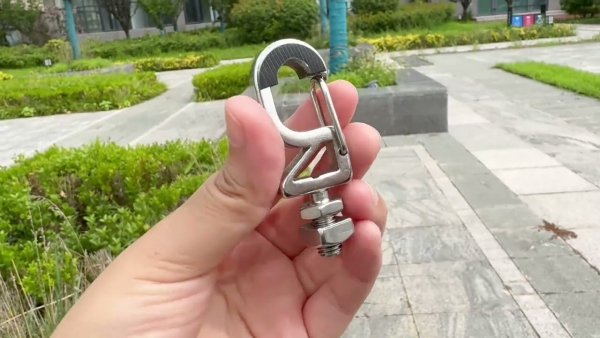
In conclusion, trellises are an essential tool for supporting climbing plants in your garden. By choosing the right trellis structure for your plants, you can provide them with the support they need to grow and thrive. Whether you opt for a traditional wooden trellis, a lightweight metal trellis, a lattice trellis, or a decorative arbor or pergola trellis, there are plenty of options to choose from. By understanding the different trellis structures available and their suitability for different plants, you can create a beautiful and flourishing garden that will be the envy of your neighbors.

